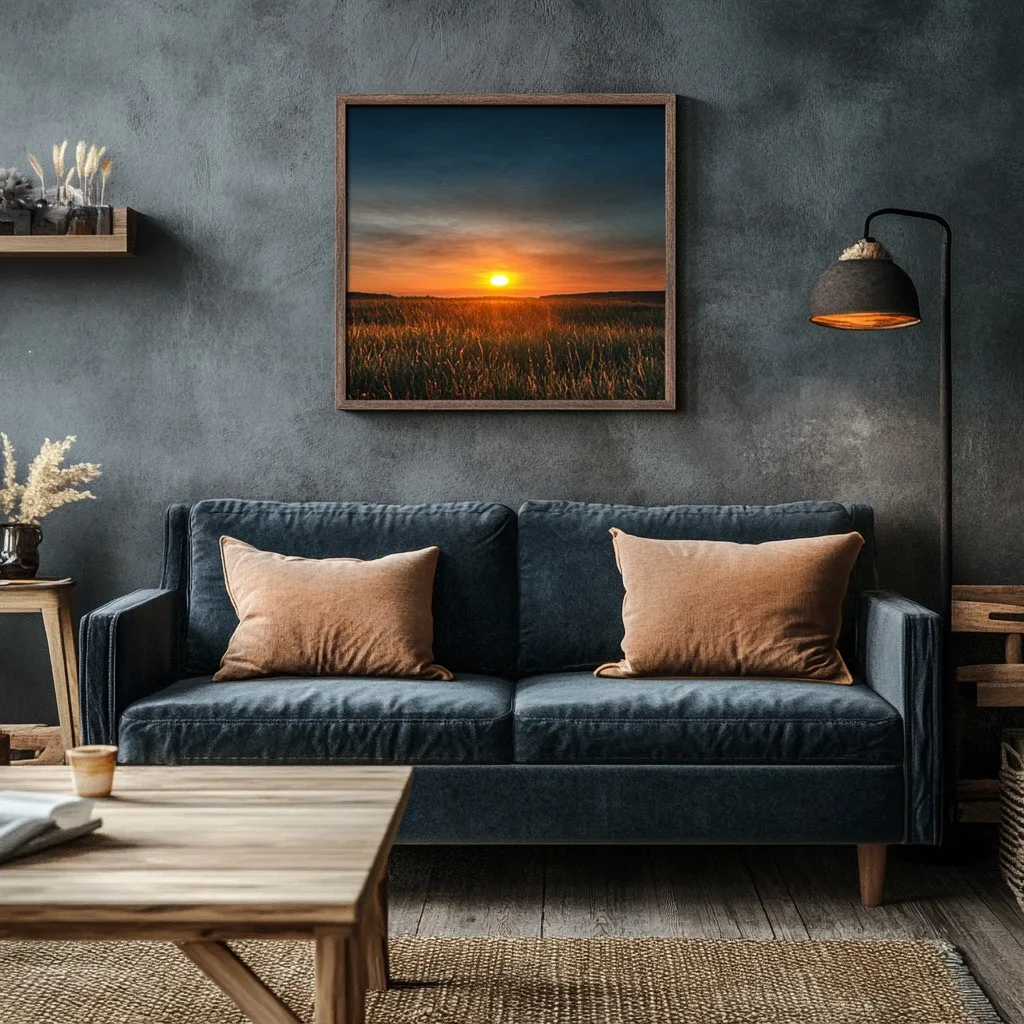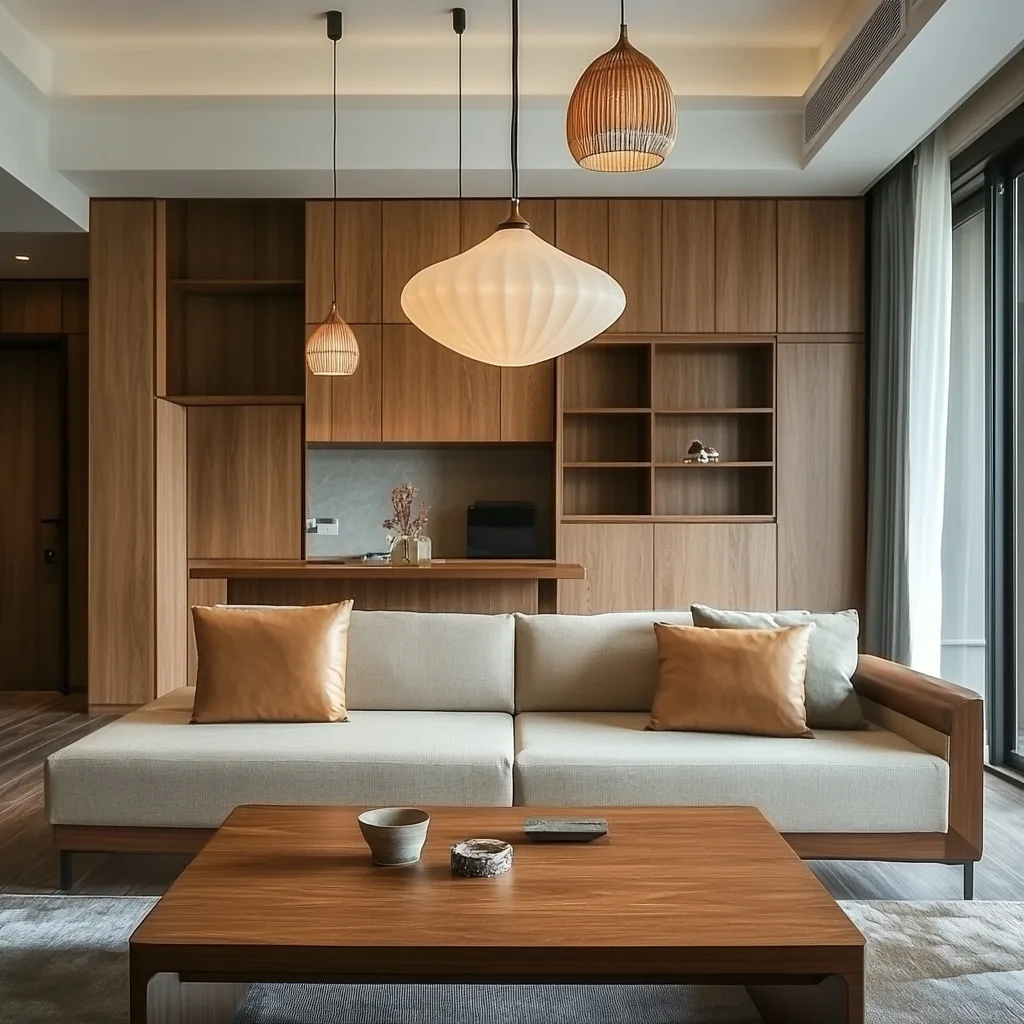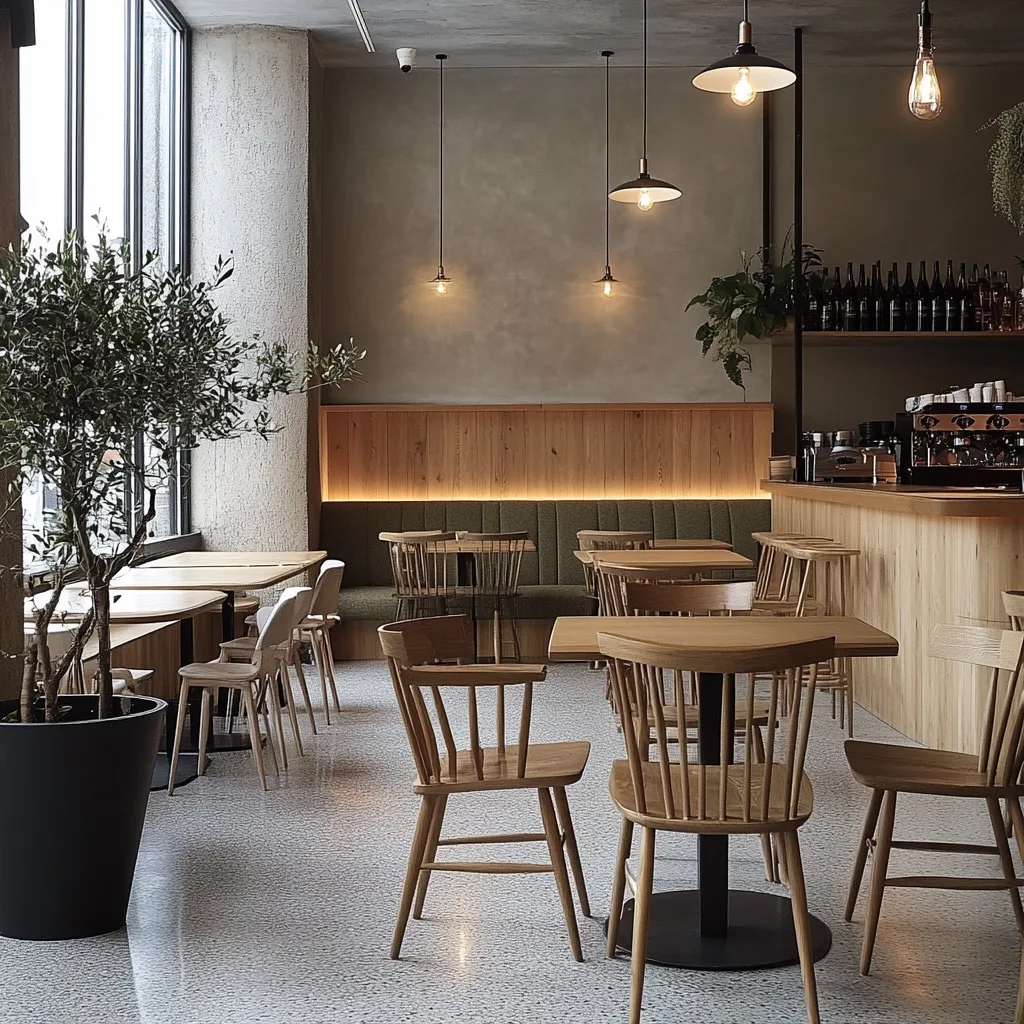Last updated on
Setting up your home office? Don’t worry! With a little creativity and some practical design hacks, you can transform any space into a productive and comfortable workspace. Let’s explore how you can effectively design your home office, even in limited space, for maximum functionality and productivity.
Ergonomic Furniture

Ergonomic furniture plays a pivotal role in creating a functional home office setup. It’s designed with the human body in mind, promoting better posture, reducing stress on the body, and ultimately enhancing work efficiency.
Getting height-adjustable high-performance desks allows you to switch between sitting and standing, preventing stiffness and promoting blood circulation. Also, an ergonomic chair, for instance, supports the natural curvature of your spine and reduces the risk of back strain. Keyboard trays and monitor stands bring tech to eye level, reducing neck and shoulder strain.
Ergonomic light fixtures reduce eye strain by providing adequate, adjustable lighting. Investing in such furniture can boost your productivity by providing comfort during those long working hours. Therefore, ergonomic furniture isn’t just a luxury, it’s a necessity for any home office setup aiming for functionality and productivity.
Optimal Lighting
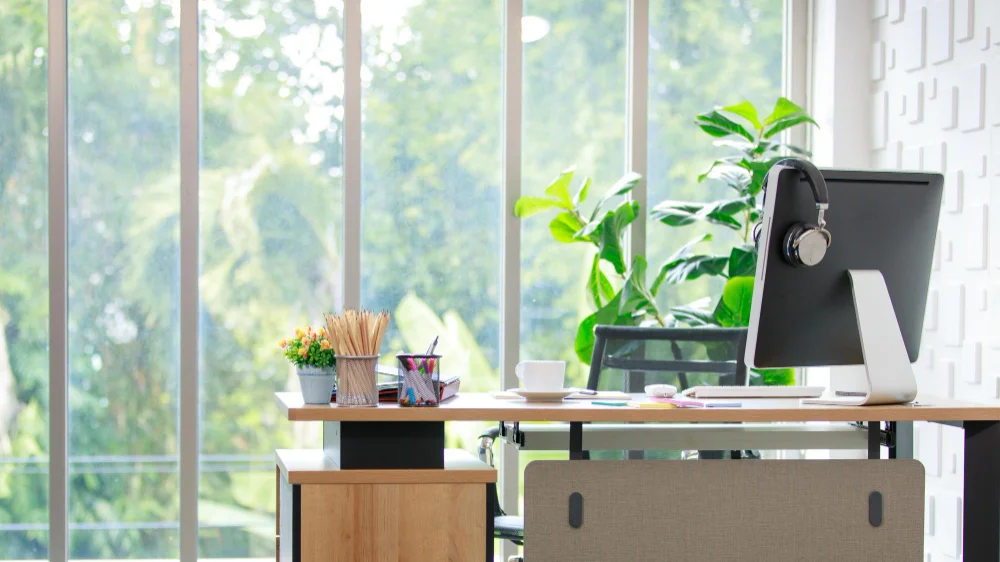
Optimal lighting is crucial to a functional home office setup. It not only creates an inviting work environment but also minimizes the risk of eye strain and headaches, thereby enhancing productivity. A well-lit workspace improves visibility, enabling you to read documents and view screens without unnecessary strain on your eyes. Natural light is preferable as it promotes alertness and well-being. Positioning your desk near a window can provide beneficial daylight exposure.
However, not everyone has access to ample natural light. In such cases, artificial lighting solutions come into play. You can use a combination of ambient, task, and accent lighting to illuminate your workspace.
Ambient lighting provides overall illumination, while task lighting focuses light where you need it most. Accent lighting can highlight specific areas or objects, adding depth and dimension to your room. By adjusting these light sources, you can create a workspace that’s comfortable, attractive, and productive.
Organized Storage
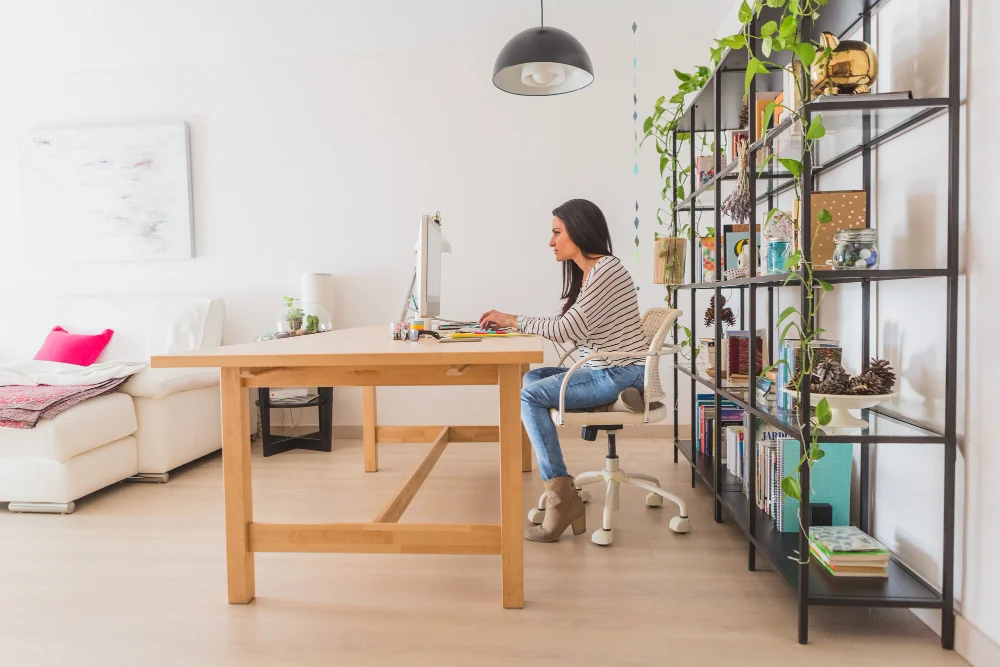
Home offices also require good organization meaning you should implement functional storage solutions that will keep everything in order. Here are some popular options:
- Shelving units
- Bookcase
- Cabinets
- Drawer organizers
- Storage bins and boxes
- Wall-mounted organizers
- Desk organizers
- File holders
- Floating shelves
- Vertical storage racks
- Cable management solutions
- Labeling systems
- Modula storage
- Under-desk storage
- Baskets and bins
Organized storage not only ensures that every item has a designated place, reducing time wasted on searching for documents or supplies but also contributes to a cleaner workspace, fostering focus and productivity. Essentially, an efficient storage system optimizes space use, supports workflow, and enhances efficiency.
Inspiring Décor
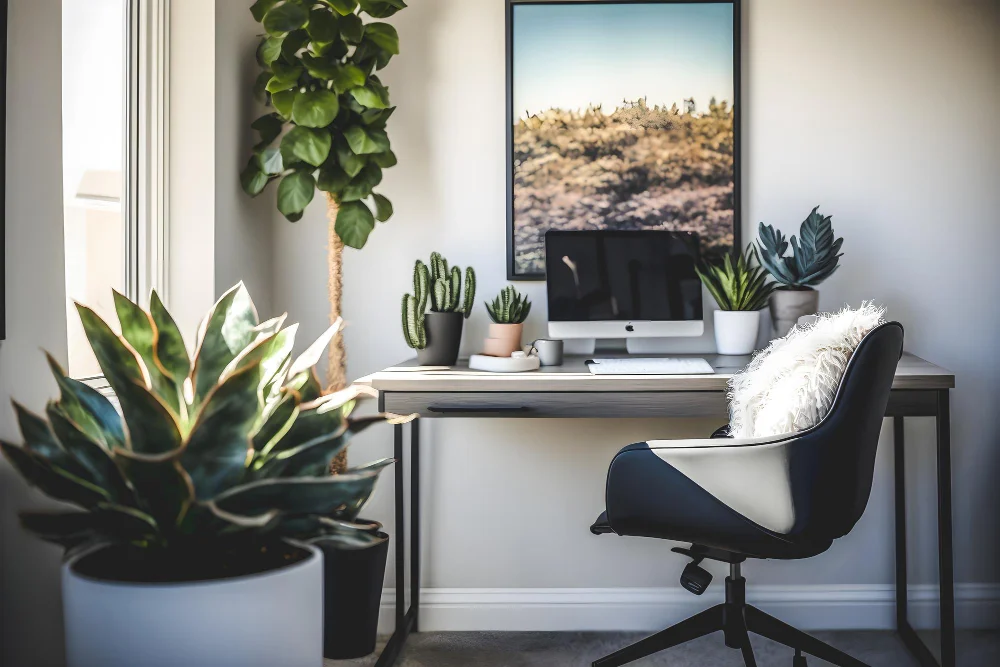
Inspiring décor contributes to the ambiance of your workspace, thereby influencing your mood, creativity, and productivity. Unique art pieces, inspirational quotes, family photos, or even a well-curated bookshelf can serve as visual stimulants to spark creativity and keep you motivated throughout the day.
A splash of your favorite color on the walls or choosing a theme that resonates with your personality can provide a personal touch, making the space truly yours. Additionally, incorporating plants into your office décor can improve air quality and create a calming environment. An aesthetically pleasing workspace not only invites you in each day but also keeps you motivated, thus enhancing functionality and productivity.
Tech Integration
With advancements in technology, working from home has become seamless and efficient. High-speed internet connectivity ensures real-time collaboration and uninterrupted communication. For streamlined and professional communication, consider implementing Cisco phones, renowned for their reliability and advanced features.
Tools like video conferencing software, project management apps, and cloud storage solutions facilitate remote teamwork and data sharing. Ergonomic tech devices, such as adjustable monitors, wireless keyboards, and an ergonomic mouse, reduce physical strain and enhance productivity.
Equally important is a reliable computer system with sufficient processing power and storage capacity to handle work assignments. Smart home devices, like Alexa or Google Home, can also contribute to your efficiency by managing appointments, and reminders, and even controlling other smart devices in your workspace. In essence, the right blend of technology can transform your home office into a highly productive and comfortable work environment.
Sound Management
A noisy environment can prove disruptive, hindering focus and reducing productivity levels. Implementing sound management strategies such as using noise-cancelling headphones can help to mitigate external noises and distractions. Alternatively, using a white noise machine or playing soft background music can mask disruptive noises and create a calming ambiance.
Moreover, proper insulation, like installing soundproof window panels or using heavy curtains can also aid in reducing echo and external noise. Therefore, effective sound management not only ensures an interruption-free workspace but also promotes concentration and efficiency, making your home office a truly productive space.
The Takeaway
Setting up your home office requires thoughtful planning. By incorporating ergonomic furniture, optimal lighting, organized storage, inspiring décor, essential technology, and sound management solutions, you can create a functional workspace that promotes productivity and comfort. So, get started on designing your home office now, and reap the benefits of a tailored, efficient workspace.
Recap:

